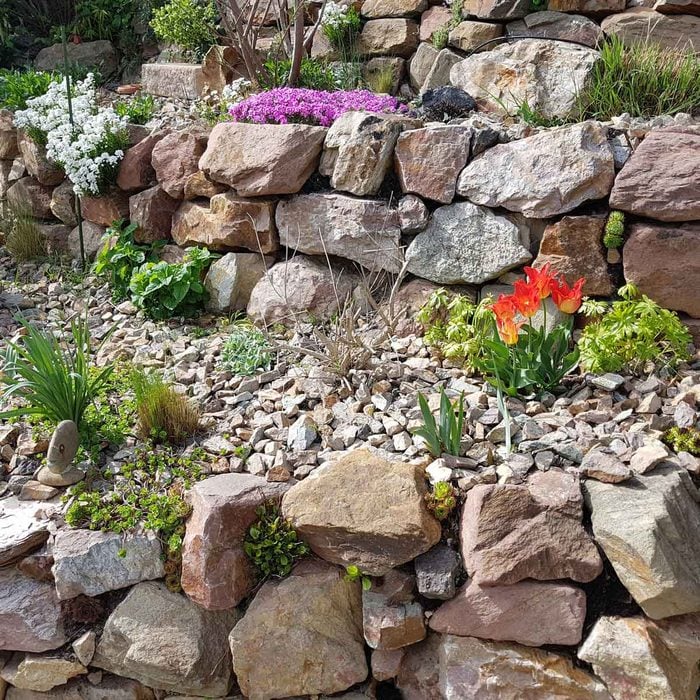
What Is a Rock Garden?
A rock garden is a plot of well-draining soil decorated with rocks, stones and boulders with small drought-tolerant plants growing between the rocks. Also known as alpine gardens or rockeries, they’re more than a pile of gravel. They create a specific habitat for plants, says Mike Kintgen, curator of Alpine Collections at the Denver Botanic Gardens and speaker for the North American Rock Garden Society.
Rock gardens are ideal in Kintgen’s climate in Colorado — dry and cool. They also require less watering, which helps you save on your water bill. That, Kingten says, is why interest in them has risen in the last five years or so. Two more benefits: The plants typically require minimal maintenance, and you don’t need to replant annually.
What Makes a Plant Ideal for a Rock Garden?
Generally, rock garden plants are 12 inches tall or less to fit neatly between rocks. They should have a long season of interest, Kintgen says, with attractive leaves and form as well as flowers, so you can enjoy them year-round. Plant them in soil that’s a minimum of 12 inches deep, to allow the plants’ deep root systems to take hold. It’s those deep root systems that makes these plants so drought-tolerant.
Kintgen says picking native plants (meaning indigenous to your region) is also helpful for creating a long-lasting rock garden. These 10 plants are known survivors and thrivers in just about any USDA Plant Hardiness Zone.
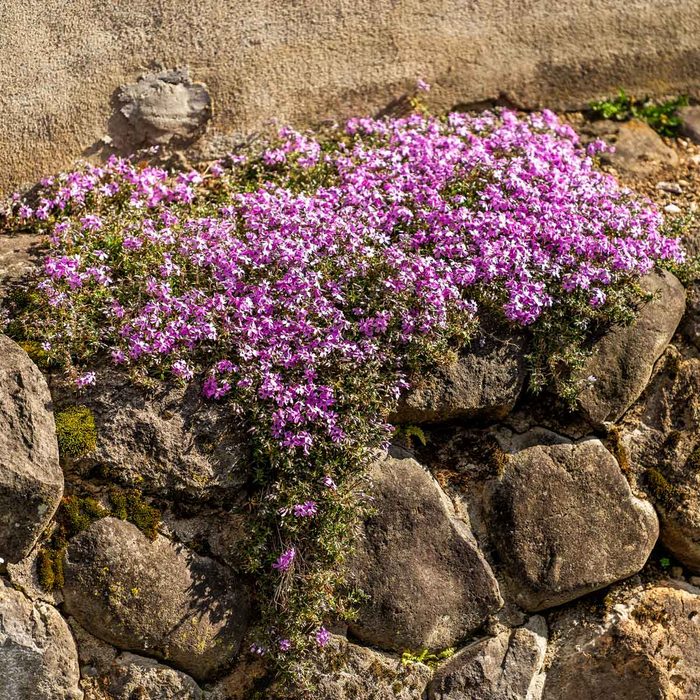
Creeping Phlox
Creeping phlox (Phlox subulata) is a perennial ground cover native to the Eastern U.S. It blooms in late spring for three to four weeks, is about five to six inches tall and spreads up to two feet wide. It can handle full summer sun as well as some shade. The flowers are blue, purple, pink, red or white. Creeping phlox is also a favorite of hummingbirds and butterflies.
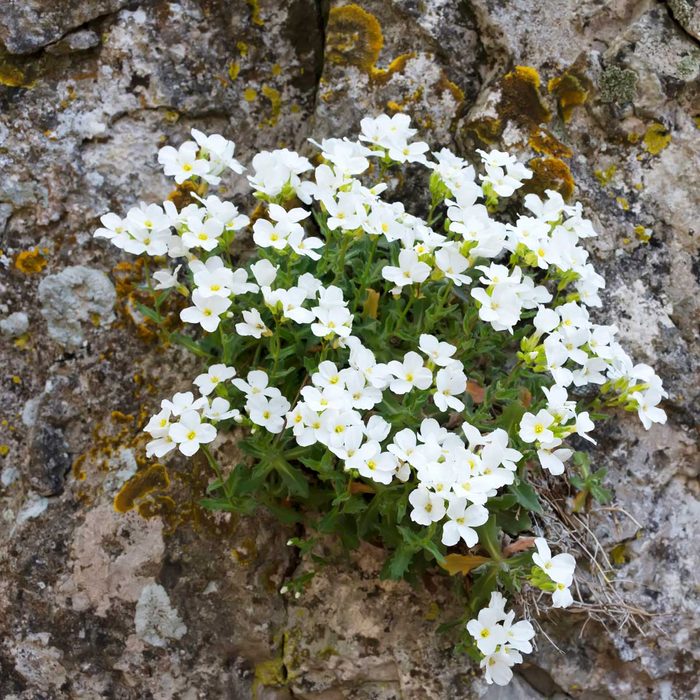
Rock Cress
Rock cress (Arabis) is a perennial considered a U.S. and Eurasian native. Like creeping phlox, rock cress blooms in the spring with fragrant flowers of pink or white that attract butterflies. Similar to rock cress, purple rock cress (Aubrieta deltoides) blooms in late April to May with purple flowers. Plus, both kinds are edible.
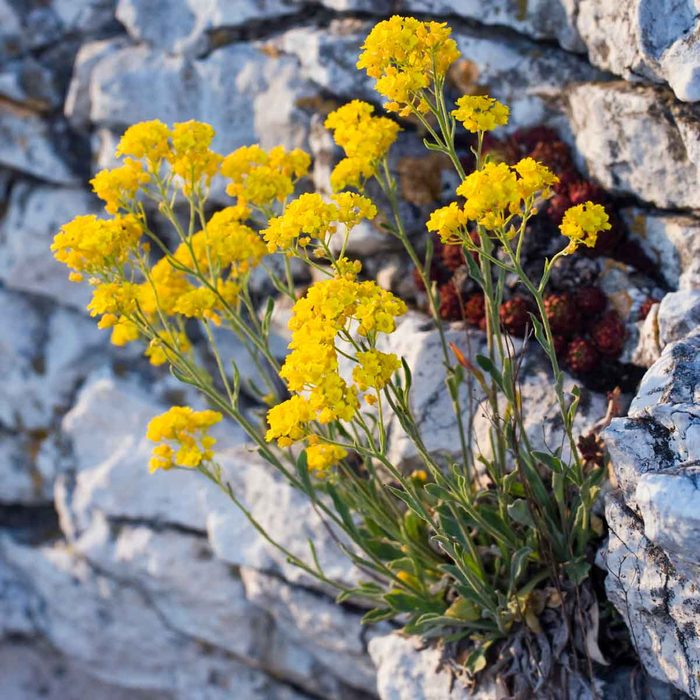
Basket of Gold
Basket of Gold (Aurinia saxatilis) is a perennial native to central and southern Europe. It blooms from April to May and can handle full summer sun, but does like some shade. It doesn’t tolerate clay soil or humidity well, however. According to the Missouri Botanical Garden, it’s sometimes treated as an annual in humid areas.
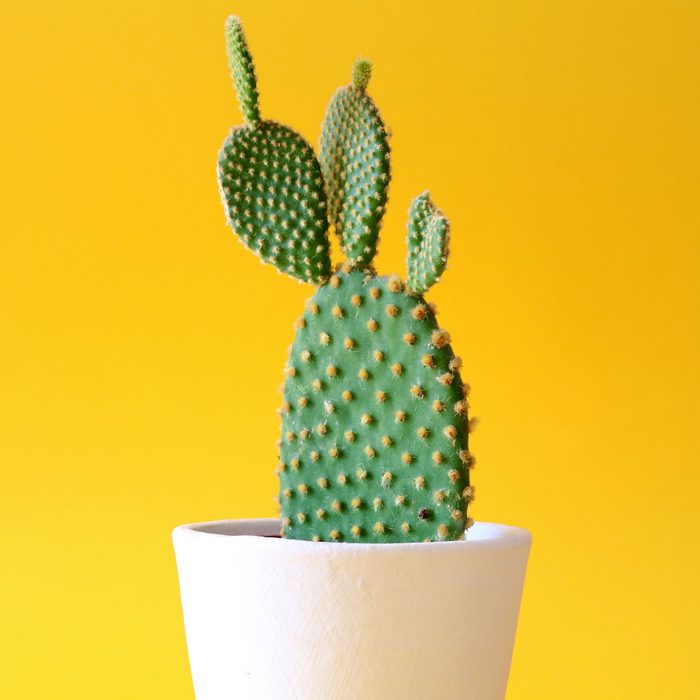
Prickly Pear Cactus
Prickly pear cactus (Opuntia) comes in various species and cultivars that do well in rock gardens, depending on location. O. humifusa is native to 30 Eastern and Midwestern states including Minnesota and Wisconsin, Kintgen says, and O polyacantha is native to at least 14 Western and Midwestern states.
These classic cacti will channel the Old West in your garden year-round with their tolerance for the hottest temperatures and driest of conditions. Prickly pear cactus blooms with yellow flowers in June — just beware of the thorns!
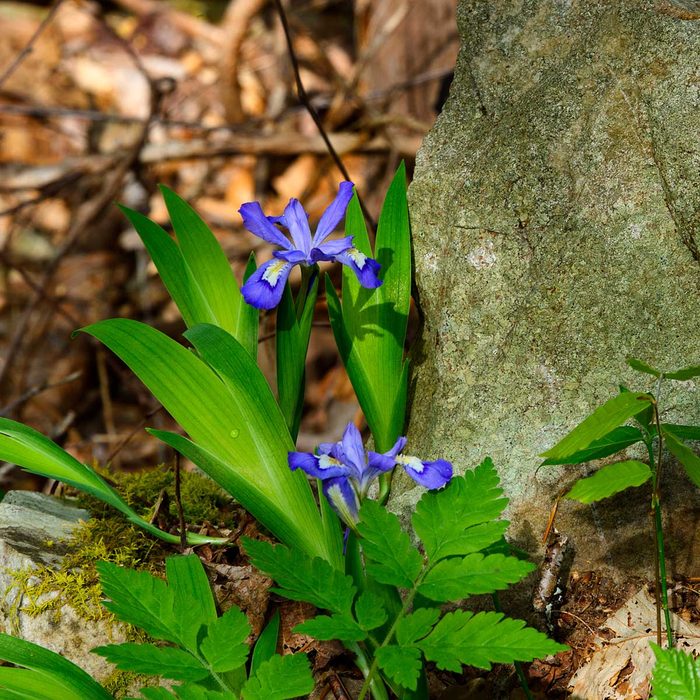
Crested Iris
Crested iris (Iris cristata) is a perennial native to the Eastern U.S. and blooms light purple, lilac and blue flowers tinged in gold in April. It grows about three to six inches tall, and can survive in full sun as well as full shade (partial share is perfect). Be forewarned that crested iris can also attract snails and slugs, which can be a problem.
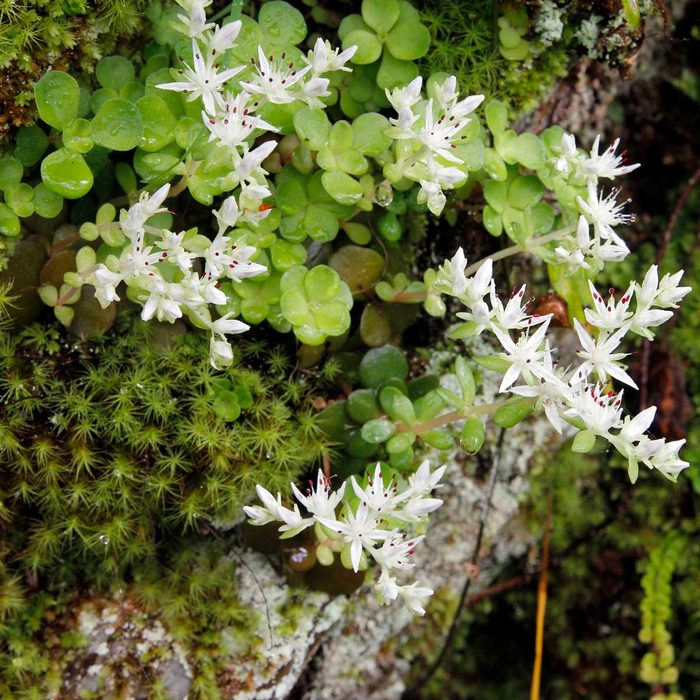
Stonecrop
Stonecrop (Sedum) comes in many species and cultivars — more than 50! Sedum ternatum is native in more than 10 Eastern and Midwestern states. Also known as three-leaved-stonecrop, this particular species of sedum handles shade and moisture better than others. It grows about three to six inches tall and has tiny star-like white flowers that bloom in April and May.
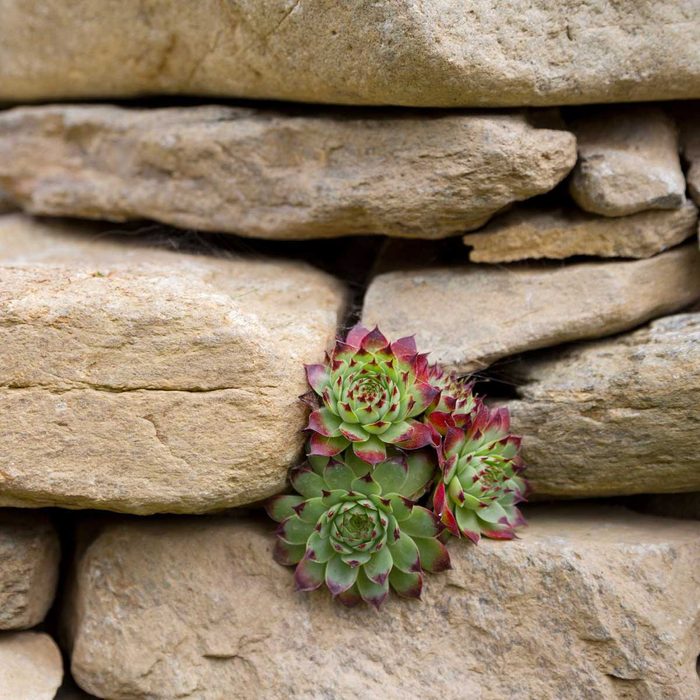
Hens and Chicks
Hens and Chicks (Sempervivum) is a Eurasian-native, evergreen perennial that blooms pink flowers from June to August. Kintgen says these plants are really tough so they can handle just about any environment. They just need well-draining soil to avoid root rot. About three inches tall, they can grow from 1/4-inch to 10 inches in diameter.
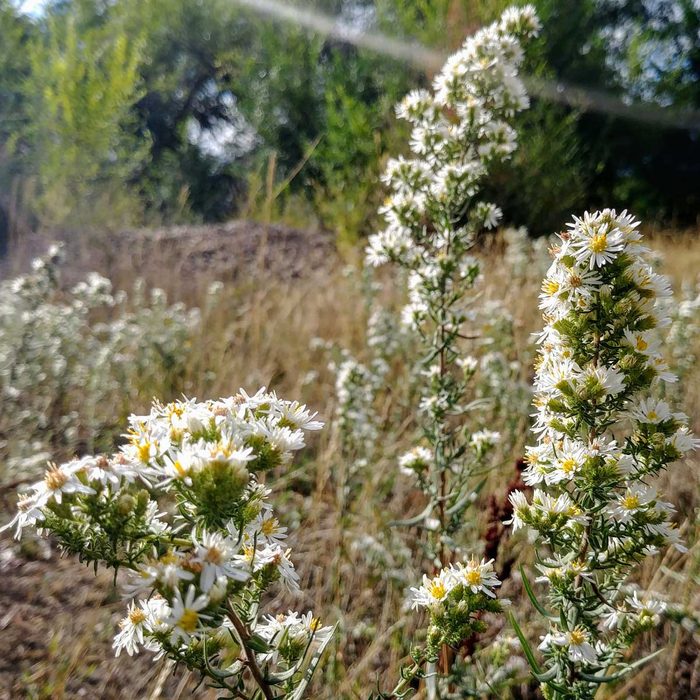
‘Snow Flurry’ Aster
‘Snow Flurry’ aster (Symphyotrichum ericoides) is a perennial native to about 45 states. The white flowers with yellow centers bloom from September to October. While the tiny flowers (about 1/2-inch in diameter) appear delicate, ‘Snow Flurry’ aster grows about six inches tall and handles the worst soil and water conditions — clay, sand, erosion, drought, you name it.
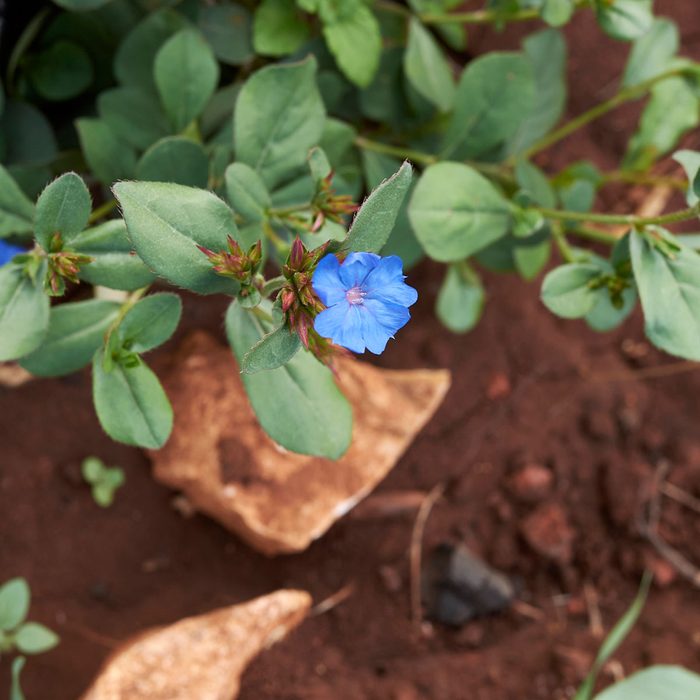
Hardy Plumbago
Hardy plumbago (Ceratostigma plumbaginoides), a perennial native originating from western China, blooms deep blue flowers from July to September. It can live in full sun but likes partial shade during the summer if it’s really hot. Hardy plumbago grows about six to 10 inches tall, handles just about any soil and is drought tolerant. It can even over-spread if given room to run.
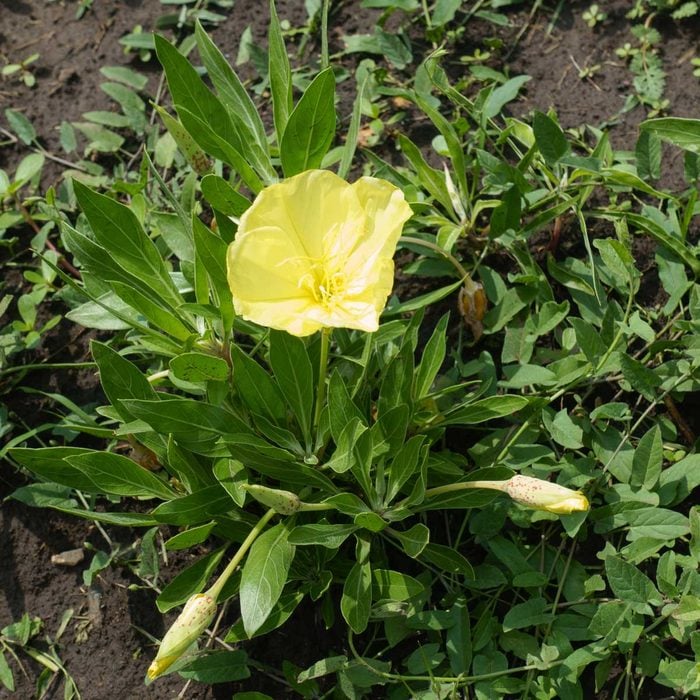
Missouri Evening Primrose
Missouri evening primrose (Oenothera missouirensis) is a long-blooming perennial native to the Midwest. Its yellow flowers bloom from May to August, and it handles full sun and drought well. Missouri evening primrose can be grown from seed. It grows about six to 12 inches tall and its flowers are substantial — three to five inches in diameter.
